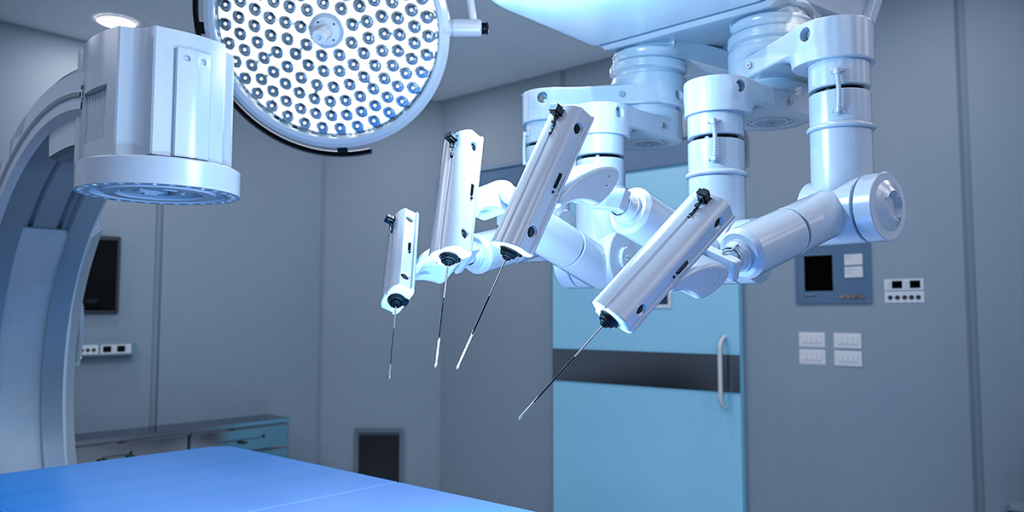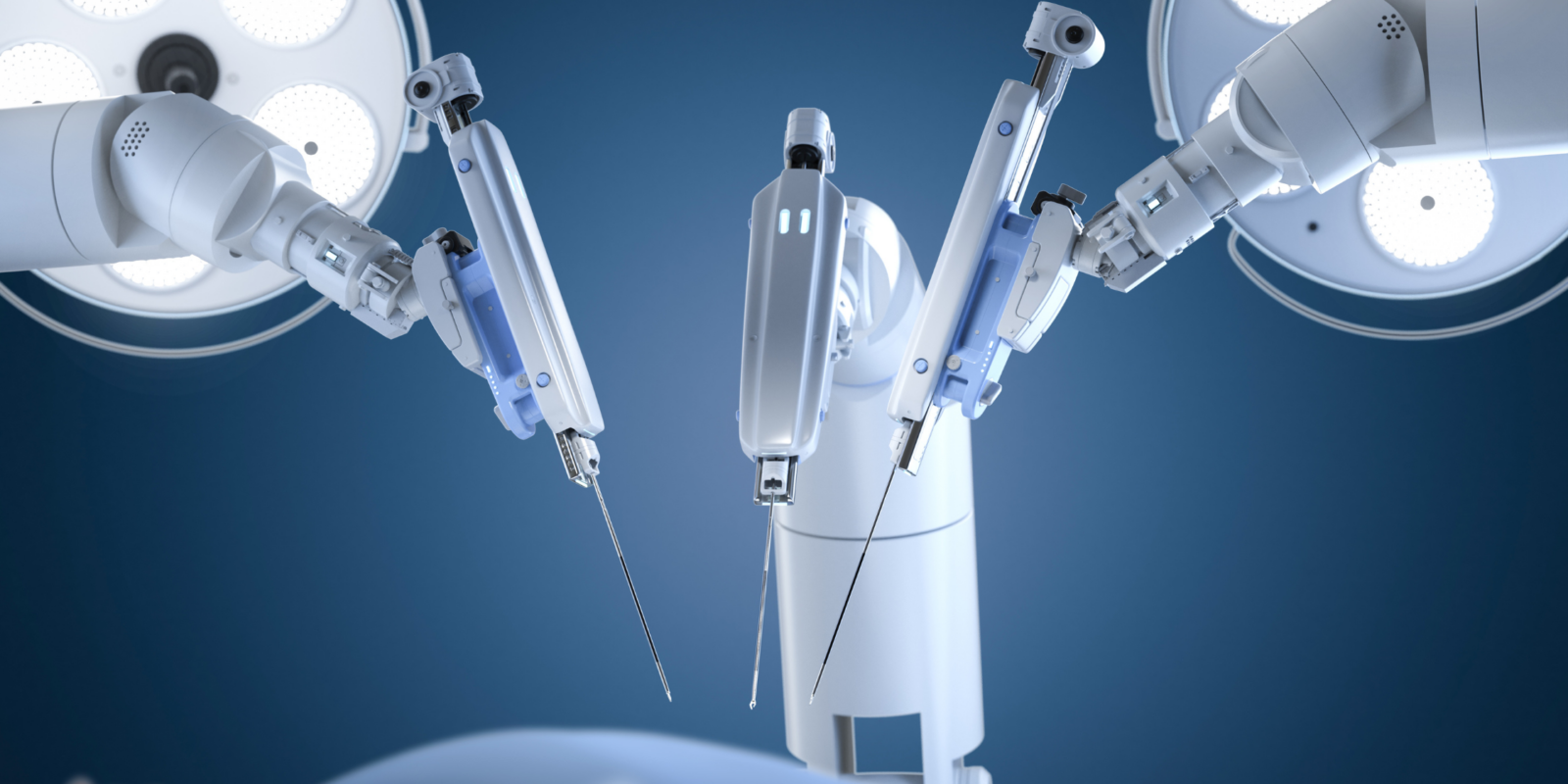Robotic Surgery, or robot-assisted surgery, is a method where surgeons use robotic systems to perform operations with enhanced precision, flexibility, and control compared to traditional surgical methods. The technology typically involves a console where the surgeon sits and controls robotic arms equipped with surgical instruments and a high-definition 3D camera, allowing for minimally invasive procedures.

Overview of Robotic Surgery Img Source : Kontron
Hospitals and Latest Developments
Massachusetts General Hospital: Recognized as a leader in robotic surgery, offering procedures across multiple subspecialties including thoracic surgery, urology, and gastrointestinal oncology. They emphasize the use of robotic technology for smaller incisions, less pain, and faster recovery.
Franciscan Health: Utilizes systems like the da Vinci® Surgical System and Mako SmartRobotics for procedures ranging from joint replacements to lung cancer detection through robotic bronchoscopy.
Global Trends: In 2025, the surgical robotics market was valued at around USD 65 billion, with forecasts predicting growth to USD 119.7 billion by 2030. There’s an increasing adoption trend, particularly in the U.S., with significant numbers of procedures in specialties like urology, gynecology, and general surgery.
Diseases and Conditions Prioritized for Robotic Surgery
Cancer: Colorectal, prostate, and gastrointestinal cancers are commonly treated with robotic surgery due to the precision required in tumor removal and the benefit of reduced recovery times.
Cardiovascular Diseases: Procedures like coronary artery bypass and valve repair benefit from the precision of robotic surgery.
Gynecological Issues: Including hysterectomy and treatments for uterine and cervical cancers.
Urological Conditions: Such as kidney and bladder cancer surgeries, and prostatectomies.
Orthopedic Procedures: Total hip and knee replacements using systems like Mako SmartRobotics for personalized surgical plans.
Digestive Diseases: Including hernia repairs, obesity treatments like bariatric surgery, and complex GI surgeries.
Advantages of Robotic Surgery
Enhanced Precision: Robotic systems offer high precision, reducing damage to surrounding tissues.
Minimally Invasive: Smaller incisions lead to less pain, reduced scarring, lower risk of infection, and quicker recovery times.
3D Visualization: Improved surgical field visibility aids in complex procedures.
Ergonomics: Surgeons can sit during long procedures, potentially reducing physical strain.
Reduced Hospital Stay: Patients often experience shorter recovery periods.
Limitations of Robotic Surgery
High Cost: The initial investment in robotic systems is substantial, although new leasing models (Robotic-as-a-Service) are making it more accessible.
Learning Curve: Surgeons require specialized training to operate these systems effectively.
Limited Availability: Not all hospitals can afford or justify the expense, limiting patient access.
Technical Challenges: Issues like latency in remote surgery and the need for ongoing maintenance and updates.
Ethical and Legal Concerns: With AI integration, there are ongoing debates about responsibility and decision-making in surgery.
In Future
AI and Machine Learning: There’s a growing trend towards integrating AI for real-time decision support, improving surgical planning, and enhancing procedural outcomes.
Micro-Robots: Research is focusing on microbots for even less invasive procedures, potentially changing the landscape of surgery in areas like drug delivery or targeted cancer therapies.


